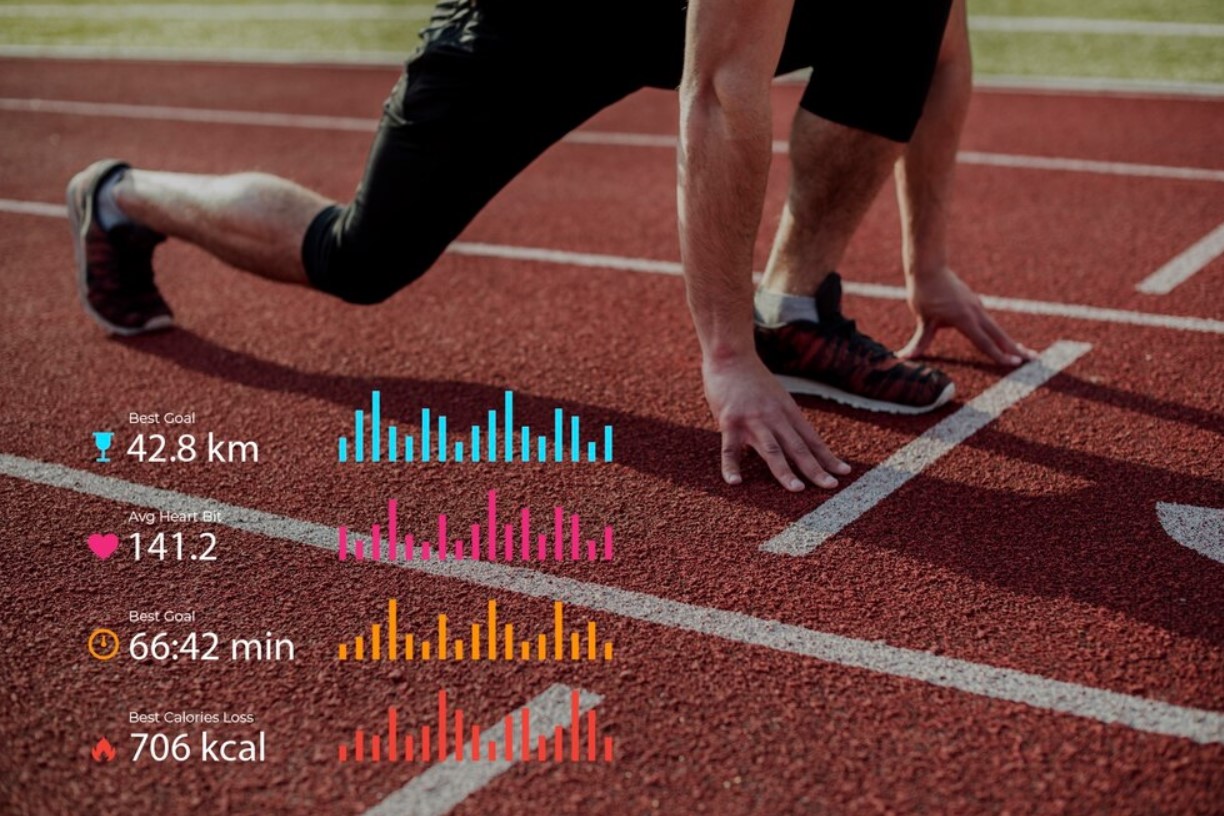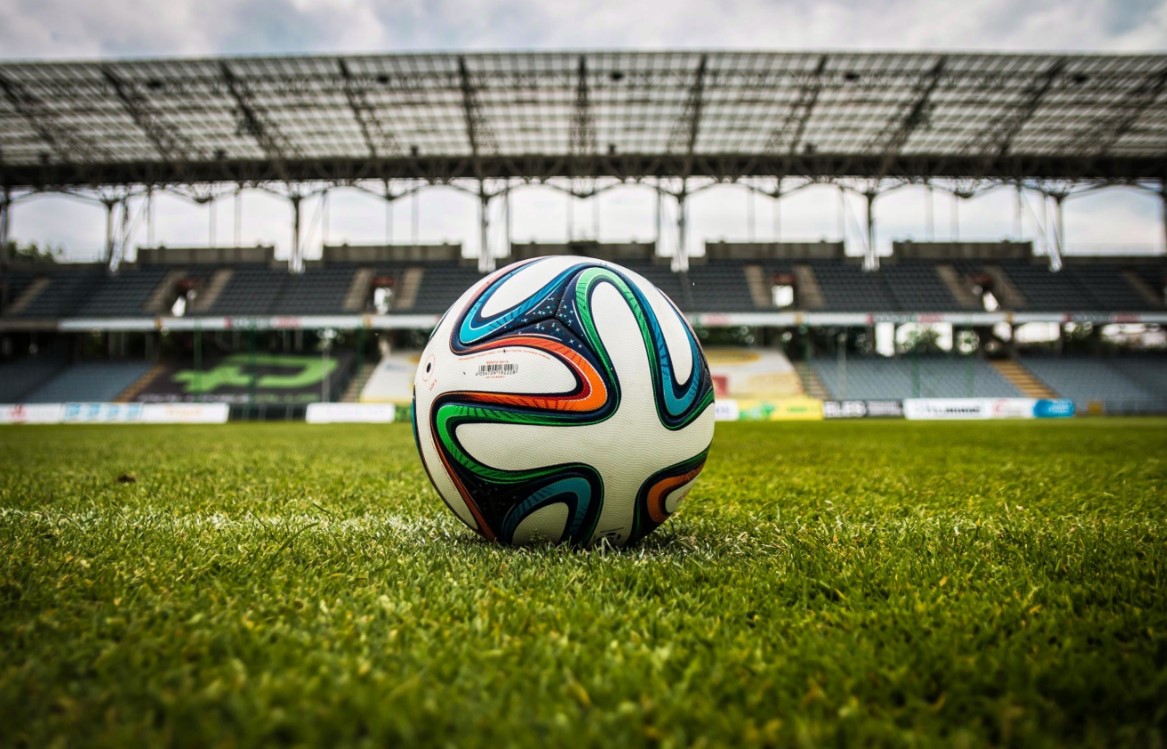The Use of Algorithms in Analyzing Sports Competitions
Thanks to algorithms, sports competitions are no l

Thanks to algorithms, sports competitions are no longer an object of guesswork; intuition has been quantified. Today, technology is no longer a tool set before the game; instead, it follows the team throughout the match, from planning before the game to making adjustments during the game. The coaches and analysts assess each passing, sprinting, and tackling, and the data analytics system picks up some patterns that a human would not see. This shift does not only work to the advantage of the professionals, but also those who bet get more precise points of view. That being the case, the history of algorithms applied to sports can only be described as the story of evolution and is quite frankly intriguing.
Evolution of Algorithms in Sports
Originally, algorithms were applied to sports as fundamental programs for statistic collection only. Later, they developed a way to understand multiple layers of information within a single repeated stimulus, such as motion and strategy. The change was most apparent when people used machine learning, in which programs changed and learned from data. Picture an application that works through tens of thousands of games to comprehend a team's response to various circumstances—an advantage that turns everything upside down. Advanced analysis tools, such as those at melbet-so.com/en/line/football, harness this potential to inform strategic decisions. This allows teams and analysts to anticipate game developments and make data-driven adjustments during matches.
Professionals today analyze their opponents, even to the level of each player's tendencies, through algorithms applied by teams. This is expanding and already essential, from the automated scouting of the players to the prediction of how the play will develop. Sports has become a dance of data and human logic, where computation enhances instinct and remolds the choice.
Data Collection Methods
Getting accurate information is the cornerstone of modern sports science investigation. Modern methods involve highly sophisticated technology:
| Technology | Description |
|---|---|
| Wearable Sensors | Small, highly responsive devices worn on the athlete’s body or incorporated into clothing. They capture various parameters, including speed, mobility, the overall distance, and the total time spent in activity during training or a game. These measurements can then be used to evaluate performance trends and determine where team members need to focus by customizing training sessions for the athlete. |
| Optical Tracking Systems | This technology entails placing high-quality cameras all around the sports facility. The cameras record live actions and movements and then encode them into data parameters that give information on the players' positions, movements, and dynamic interactions. |
| Player Monitoring Software | This software combines data, for instance, from sensors that individuals wear on their bodies and optical tracking systems to compile and evaluate health and performance parameters, including heart rate variability, fatigue, and stress indicators. |
All these technological tools have transformed how sports data is analyzed in accuracy and depth. This data empowers coaches to create specific strategies and training schedules when applied with highly developed algorithms. This integration of technology and data analysis dissolves typical constraints and, in the same vein, opens fresh possibilities for maneuvering and reconstructing the conventional rules of the game with incredible precision.
Applications of Algorithms in Performance Analysis
It has drastically changed how performance is analyzed and set a new bar for sports science. As much as exploring data, these tools provide finer details that were hardly imaginable. Athletes and coaches can now identify factors that may affect performance as small as a fraction. Such precision means that each step turns into a resourceful move, essential when confronting an opponent in the competitive world.

Player Performance Metrics
Analytical means take player performance to deficient levels. Modern systems capture virtually every movement within a game, from a player's acceleration to shot conversion rate. Every value contains informational value as far as helping coaches select proper training drills that will address the specific areas of concern while at the same time working on the areas of strength. For example, heatmaps and movement analysis can show tendencies that show what sort of player a particular player is. It enhances time-driven decision-making for real-time play and player development strategies for the long term.
In team sports, performance parameters are not limited to the individual players. The computer evaluates the coupling of the players to determine how the players' movement intersects during crucial plays. These are beneficial effects; accumulating group-wide experience helps heighten strategic focus and mutual understanding within a team. Soccer teams become obsessed with accuracy or the likelihood of attaining their goals through fewer passes or a more elaborate defensive formation.
Injury Prevention and Health Monitoring
Injury prevention and performance improvement are equally important. Algorithms identify workload and movement abnormalities and fatigue indicators and compare them with data on future possible injuries. Thus, referring to these signs, teams can change the training programs' content and rest patterns to avoid more significant failures. This predictive monitoring is partially helpful in prolonging athletes' playing years and keeping them fit all season long.
Health-related information is dynamic; it changes with the progress of training and competitions. The algorithms change with these shifts, producing new insights that track players' physical form. Adaptive analysis also encourages people to maintain physical health; it helps athletes train without worrying about injuries because their workouts are safe.
Strategic Game Planning
Strategic game planning is best described as where algorithms can excel. Teams are no longer relying on experience. Instead, they prepare with statistics. This involves algorithms in analyzing previous matches, drawing player matchups, formation effectiveness, and measuring tactical switches. Coaches get to know those things that set the team up for success against particular players. For example, changes in tactical principles can be made on the fly depending on game data, thus creating robust defenses at the right time. These algorithms do not only rank an opponent's strengths possible to exploit, but unearth weaknesses, transforming knowledge into strategy.
The depth doesn't stop there. Strategies are modeled through various possibilities, which can be used to practice the teams' reactions to some developments in the game. It also means less of a chance of something unexpected happening and more of a chance of managing things better. In sports where time is also a factor, these tools provide a team with that crucial advantage. Combining human experience and computer science brings guesswork into the game-planning phase, making it more of a scientific approach.
Predictive Modeling in Sports Betting
Mathematical analysis algorithms have entirely changed sports betting. They work through large amounts of data, such as previous matches, player results, and weather conditions, to successfully predict results. Bookmakers use these models to look for a possible outsider or valuable overlay. The more the algorithm goes down in data layers, its forecast will be more accurate. This combination of math and strategy gives the bettors a tool that alters their method of placing bets.
The application of algorithms in competition analysis has drastically affected the field of modern sports. From simple data gathering to complex analysis of data to predict injuries, algorithms connect raw data to strategic knowledge, enabling athletic build-up and play. These technologies provide high accuracy of training, immediate changes in the tactics during the game, and monitoring of the player’s condition. It is thus clear that state-of-the-art analytical tools are not mere data collection systems, but complex systems that are critical in decision-making. As the advancement continues, the coordination of human input and efficient computer algorithms brings about even further improvement, a new level in sports performance and strategic sports analysis.







